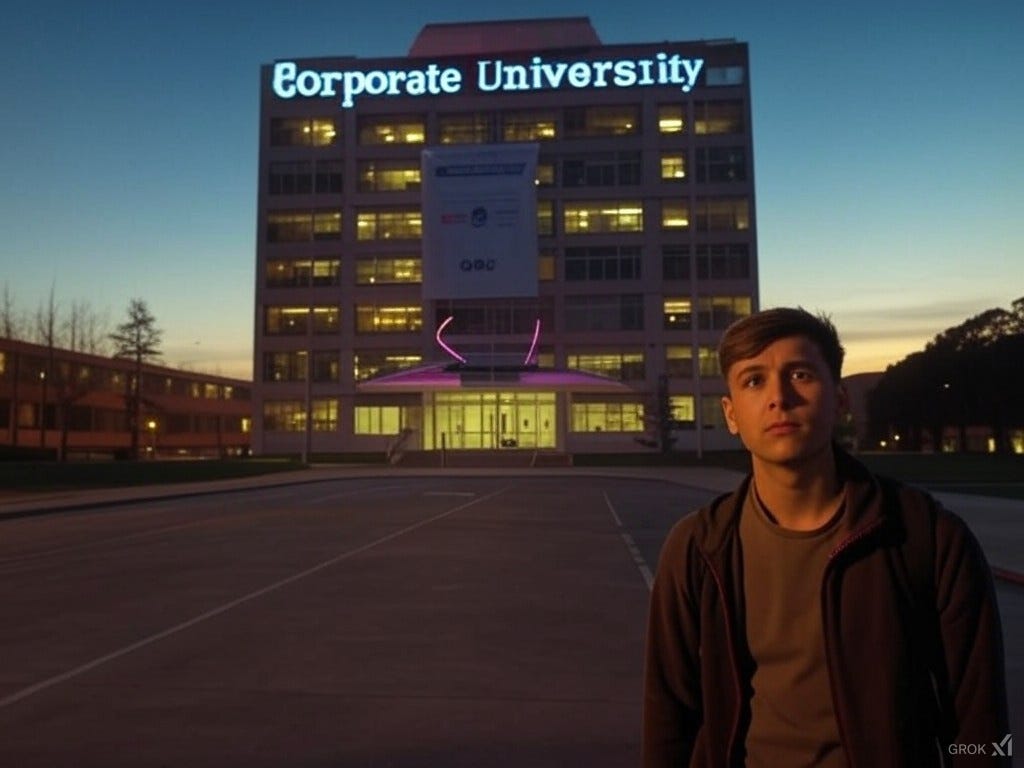Group Projects Gone Corporate
Public-Private Partnerships in Higher Ed
Imagine signing up for a class, only to realize you're funding a corporate internship program disguised as your education. Welcome to the messy, high-stakes world of public-private partnerships (PPPs) in higher education.
On paper, PPPs are a dream. They promise gleaming new facilities, cutting-edge research, and "real-world" training opportunities for students. I think they’re the higher-ed equivalent of a friend who swears they’ll take your group project to the next level.
But dig into the fine print, and the dream starts to crack. Rising tuition, corporate-driven curricula, and questionable accountability often follow these partnerships. Students and faculty shoulder the risks, while profits are quietly privatized. It’s like signing up for a team assignment and realizing your partner just outsourced their work—and the bill—to you.
What’s worse, these deals often tip the power balance. Public institutions grow dependent on private funding, making it harder to prioritize education over market interests. Autonomy takes a backseat to profitability.
Need examples? Campuses left saddled with white-elephant projects no one needs, or students graduating with skillsets that aged out faster than yesterday's TikTok trend. When the market shifts—and it always does—the students pay the price.
The most glaring issue? Students, the supposed beneficiaries, rarely get a say. They’re the stakeholders left out of the room, even though they’re the ones footing the bill.
Public-private partnerships are like roommates who promise to split the rent but end up inviting their friends over to raid the fridge. It’s time to reassess who really benefits—and who’s left cleaning up the mess.


